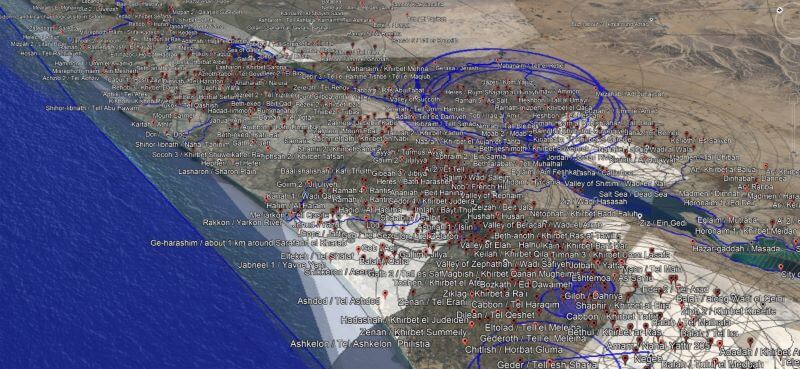John 1.10-18 is the appointed text for the Third Sunday of Advent in Year C of the Revised Common Lectionary, but it doesn't make full sense without verses 1-9 preceding it. This is such a rich text, and there is so much going on with decisions needing to be made about text variants (v18), punctuation (vv3-4), and many translation options.
It is also so typically Johannine with ambiguity and confusion for anyone who does not understand the coded language of the text. For example, I suspect most Christians perceive from verse 1 that the "Word" is a reference to Jesus, but in the Greek, it is not clear that a person is even in mind until verse 10. And it's not until verse 17 that the person is actually identified as Jesus! The passage spirals around with repetition, but it clearly moves forward with greater detail and clarity as it describes Jesus nature and identity.
This passage is definitely worth working through the Greek or at least comparing the translations. I also encourage people to consult the helpful NET Bible notes. I offer my own translation, but my notes will explain what's going on in the Greek.




















